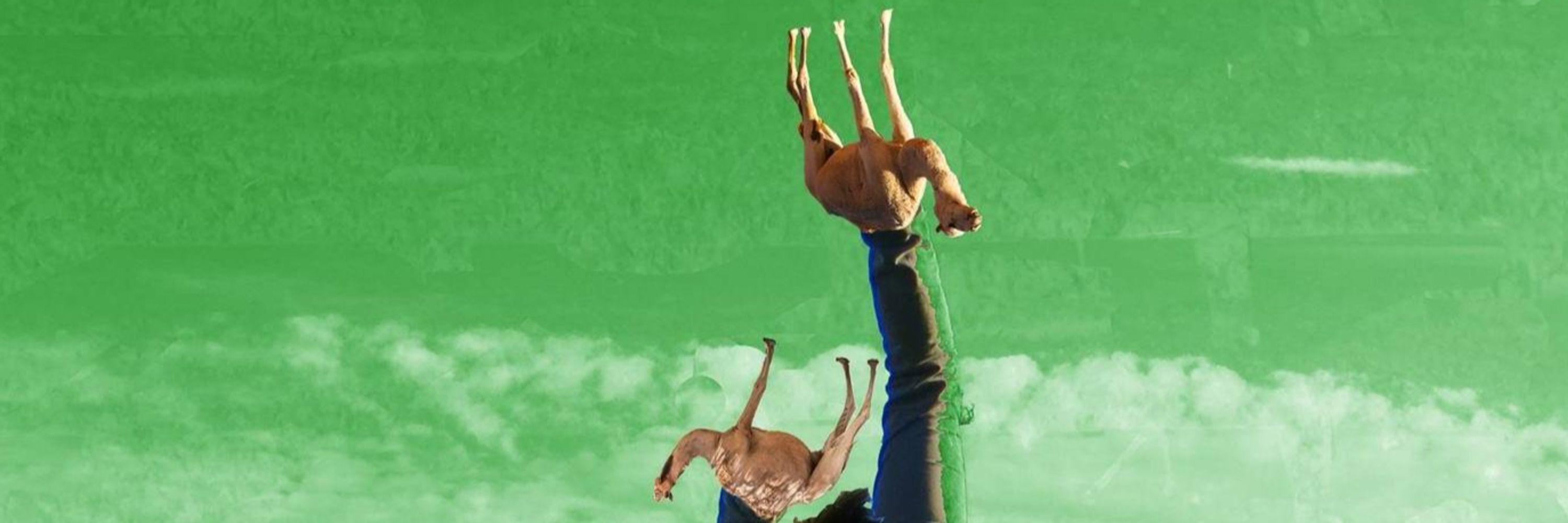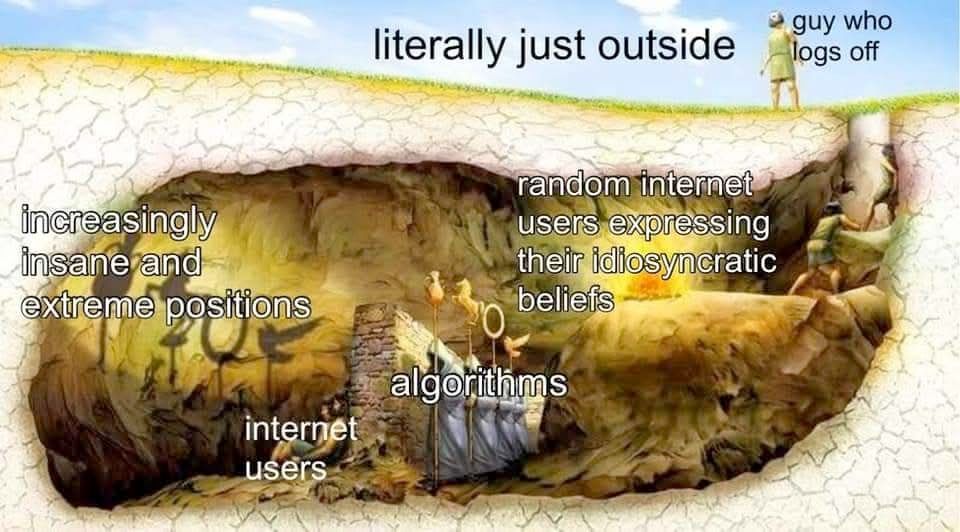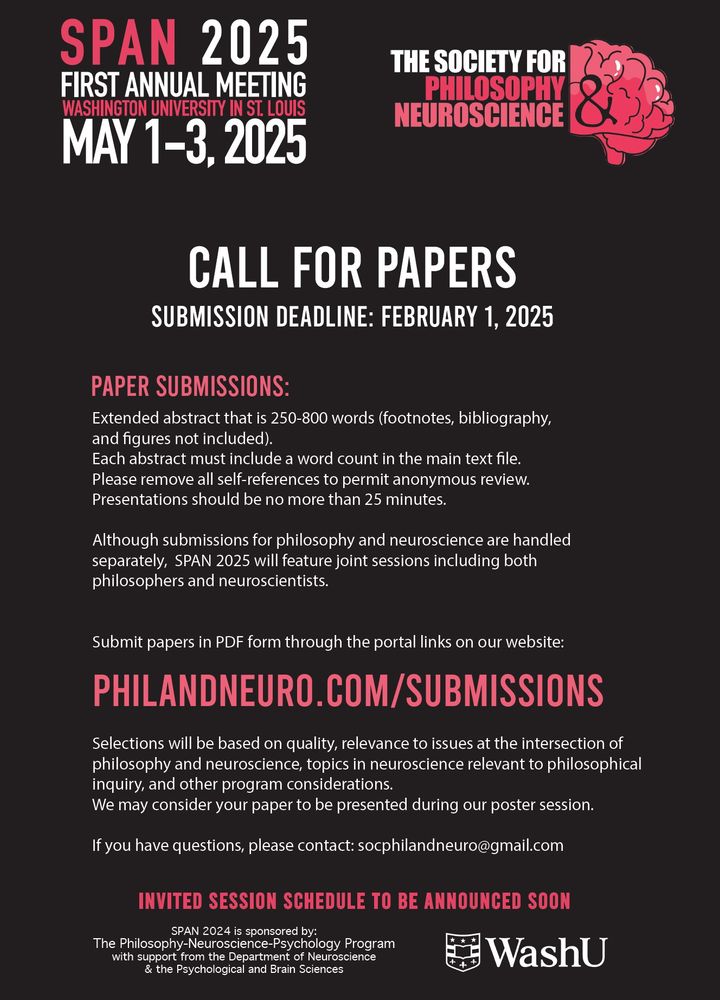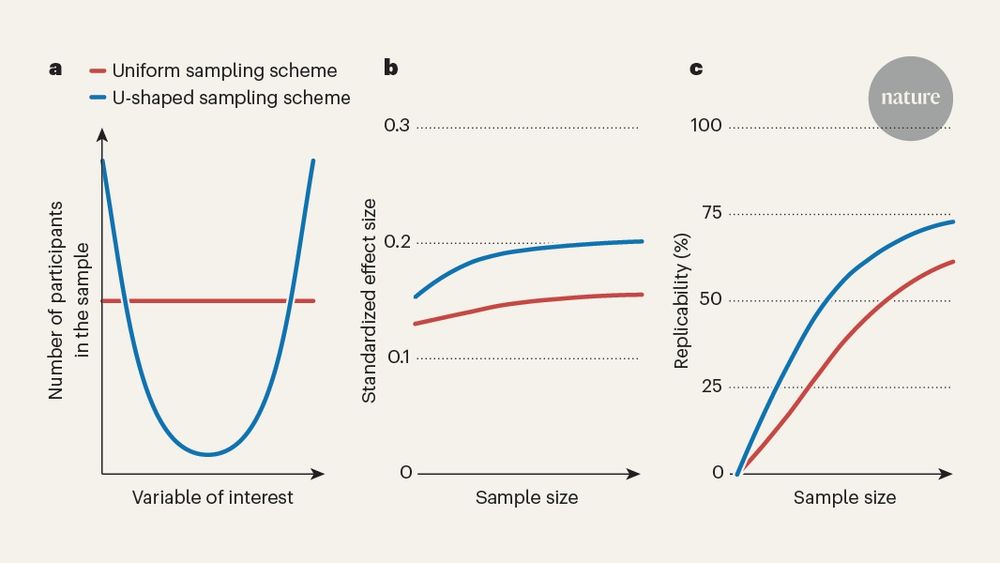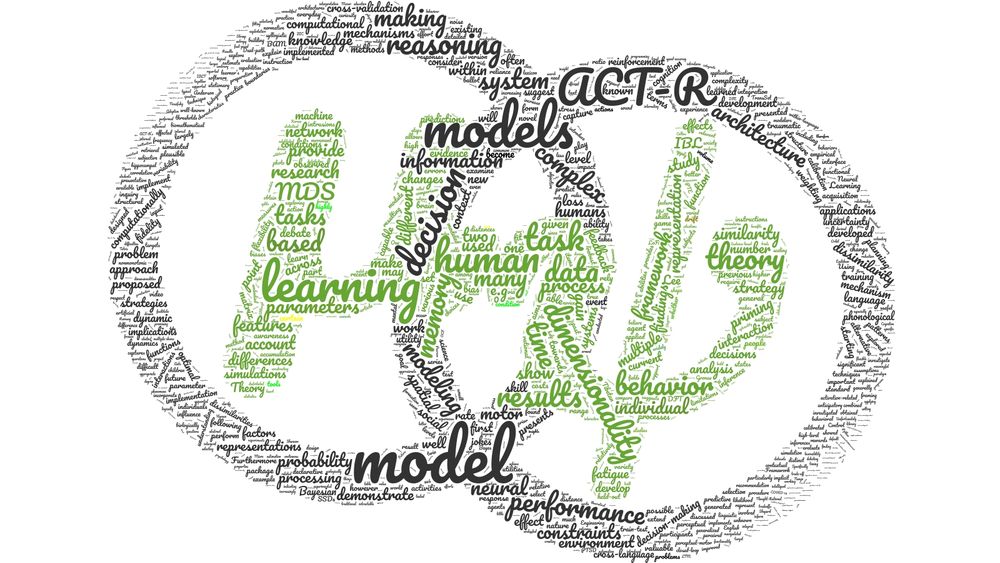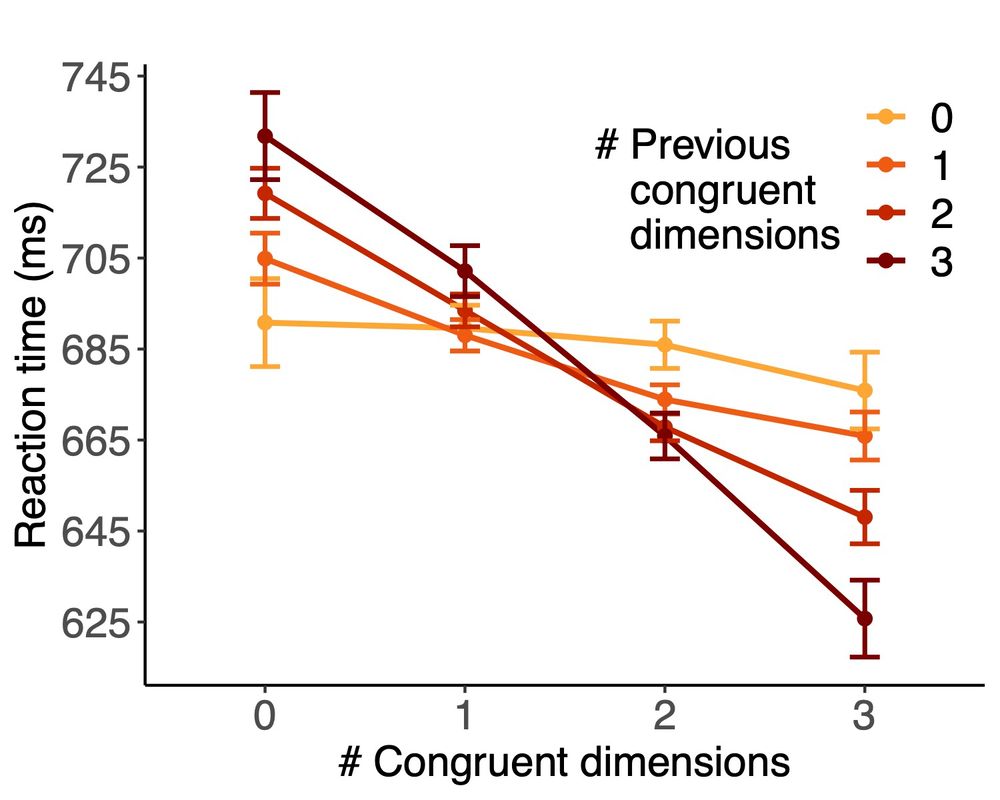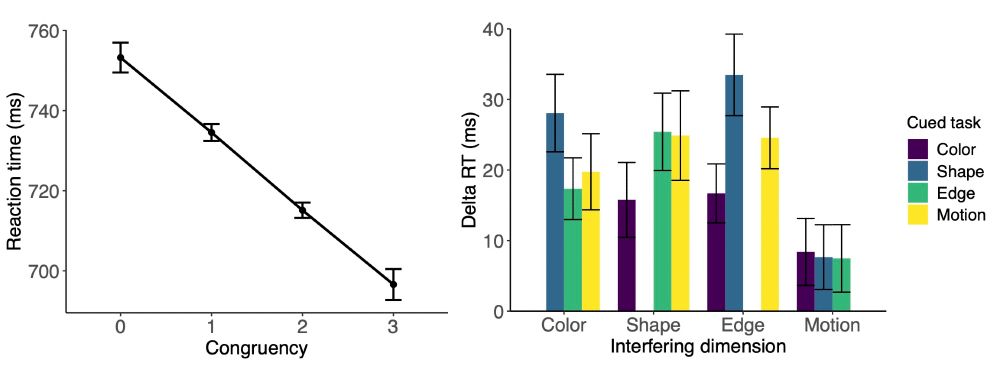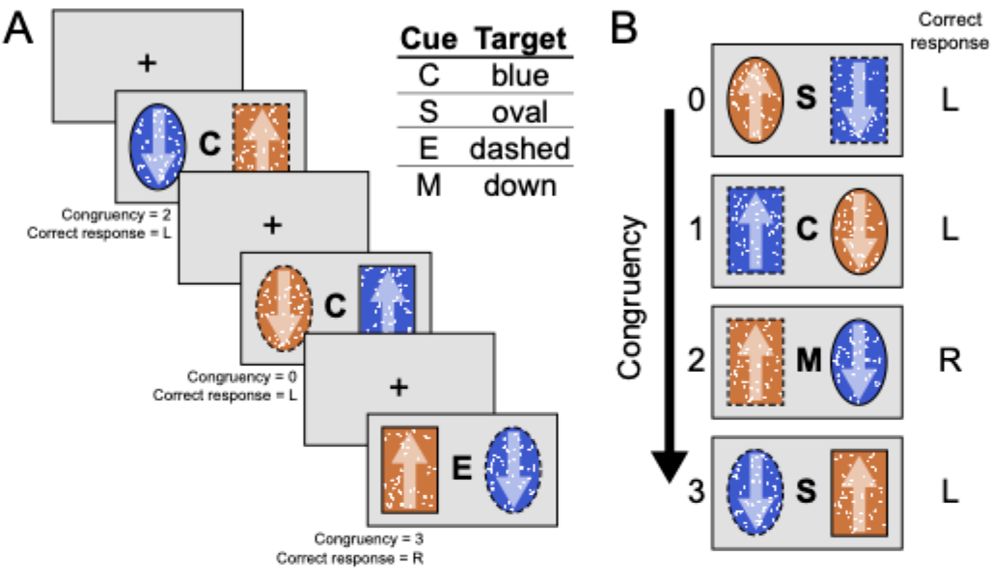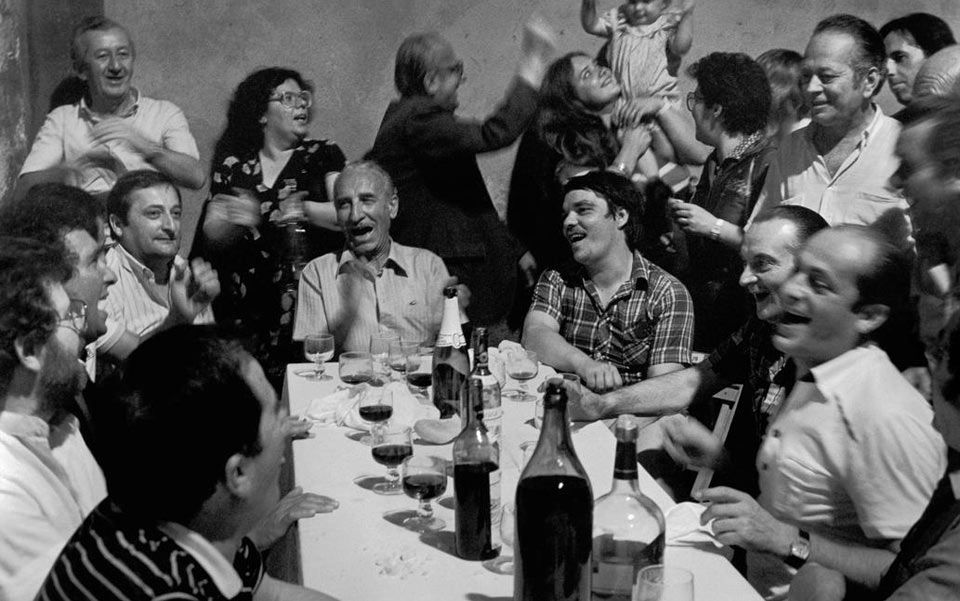Davide Gheza
@davideghez.bsky.social
350 followers
300 following
16 posts
Science worker. Postdoc at CDMlab in Washington University in St Louis
cognitive control | decision making | reinforcement learning | their neural codes
Plinths and hinges fan.
Posts
Media
Videos
Starter Packs
Reposted by Davide Gheza
Davide Gheza
@davideghez.bsky.social
· Apr 13
Davide Gheza
@davideghez.bsky.social
· Jan 22
Davide Gheza
@davideghez.bsky.social
· Jan 22
Reposted by Davide Gheza
Ross Otto
@arossotto.bsky.social
· Jan 13

Increased attention towards progress information near a goal state - Psychonomic Bulletin & Review
A growing body of evidence across psychology suggests that (cognitive) effort exertion increases in proximity to a goal state. For instance, previous work has shown that participants respond more quic...
link.springer.com
Reposted by Davide Gheza
Wouter Kool
@wouterkool.bsky.social
· Jan 7
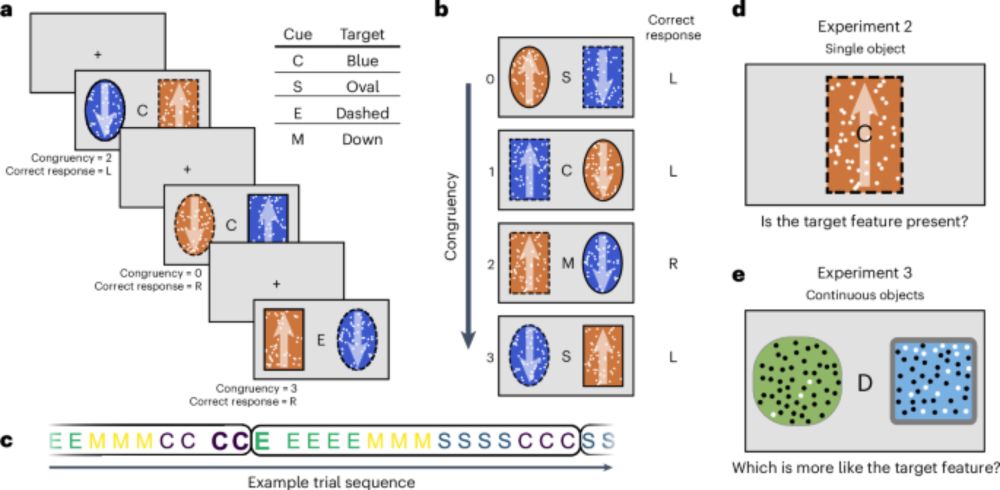
Distractor-specific control adaptation in multidimensional environments - Nature Human Behaviour
Gheza and Kool show that, in multidimensional environments, people allocate attention to individual distractors on the basis of their interference with the current task. They develop a neural model th...
www.nature.com
Davide Gheza
@davideghez.bsky.social
· Jan 6
Reposted by Davide Gheza
Davide Gheza
@davideghez.bsky.social
· Jan 6
Reposted by Davide Gheza
Yael
@yaelniv.bsky.social
· Nov 27

Open letter of psychologists and neuroscientists for peace in the Middle East
We, psychologists and neuroscientists from around the world, call the international community to urgently put pressure towards an immediate ceasefire in Israel, Palestine and Lebanon, to demand that t...
tinyurl.com
Reposted by Davide Gheza
Namnezia 🥑
@namnezia.bsky.social
· Nov 20

Free Neuroscience Textbooks and Online Tutorials
Free Neuroscience Textbooks and Online Tutorials (Compiled by Carlos Aizenman, Brown University, Dept. of Neuroscience) Maintaining a current list of digital educational resources is tricky. Softwar...
docs.google.com
Reposted by Davide Gheza
Micah G. Allen
@micahgallen.com
· Nov 13
Davide Gheza
@davideghez.bsky.social
· Oct 17
Davide Gheza
@davideghez.bsky.social
· Oct 17
Davide Gheza
@davideghez.bsky.social
· Oct 17
